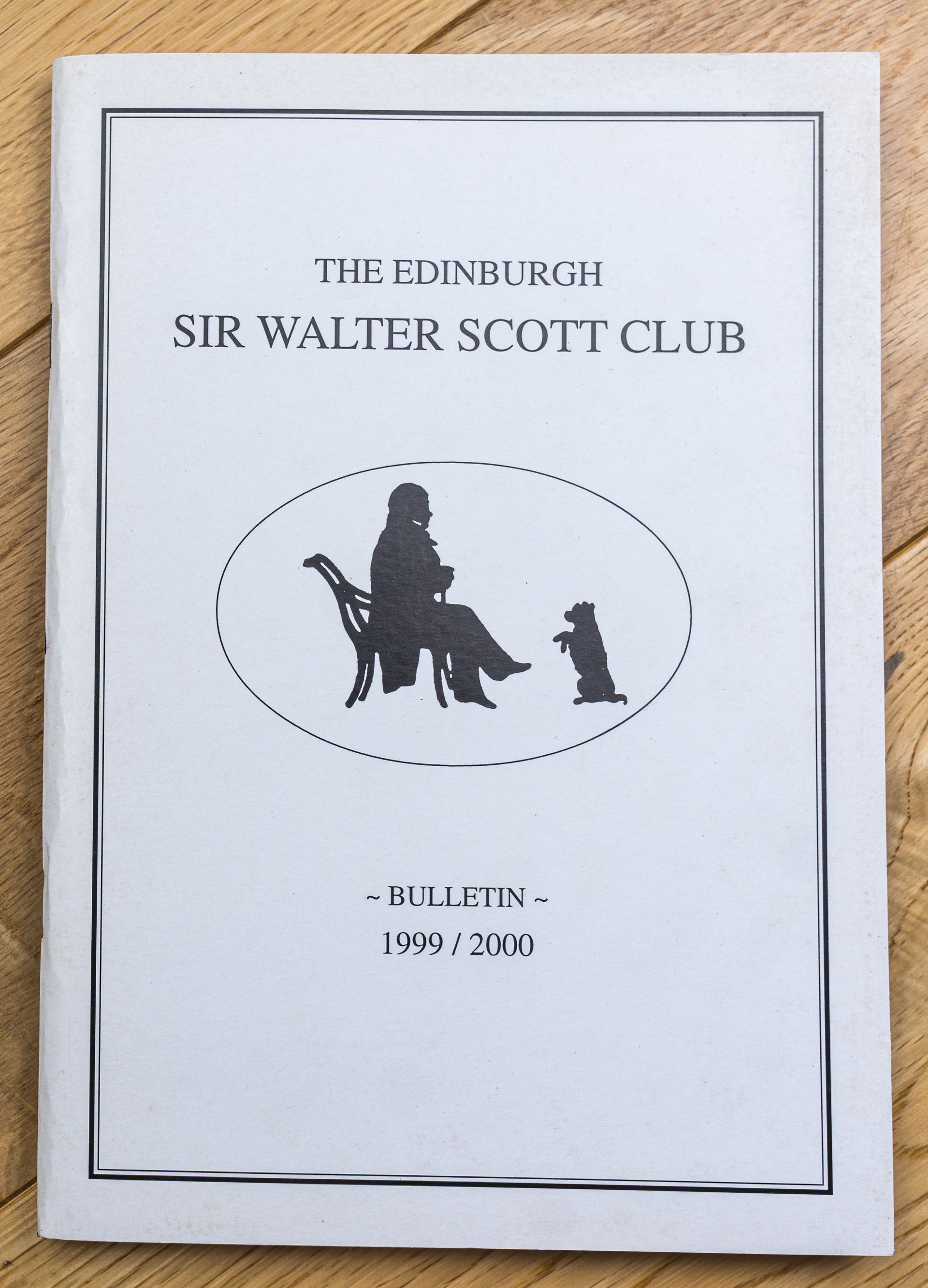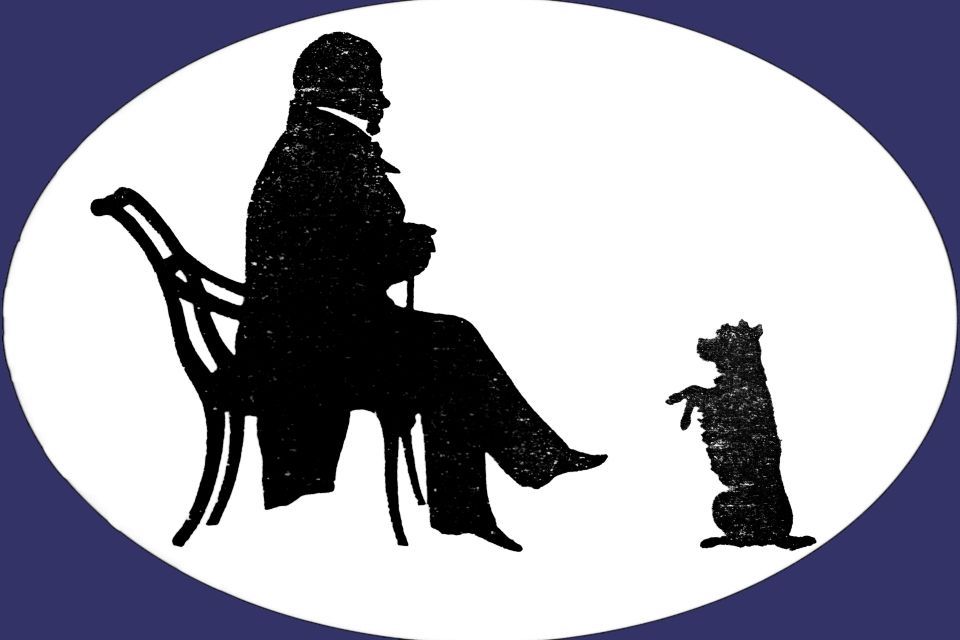Scott and St. John’s
Article from 92nd Annual Bulletin 2000
Summary of the Article:
The article centres on a previously unpublished letter from Sir Walter Scott inviting Charles Steuart of Dalguise to his mother’s funeral at St John’s Chapel, Edinburgh, in December 1819. While the letter itself is simple and formal, Jackson uses it as a gateway into a rich and tragic family narrative, revealing how the interconnected fates of Scott’s extended family shaped his personal life.
The article traces the family lineage of Scott’s mother, Anne Rutherford (c.1733–1819), and her half-siblings, especially Dr Daniel Rutherford and Christian Rutherford, with whom Scott was particularly close. Scott’s strong affection for his half-aunt “Miss Chritty” (Christian) is highlighted through their long correspondence and shared confidences.
A key thread throughout the piece is the fate of Colonel William Russell’s family, who were closely connected to the Rutherfords and Scotts. His children — Jane, Anne, Elizabeth Jane, and several sons including Sir James Russell — endured a series of tragic early deaths, especially those serving in India. These losses had devastating psychological and physical effects on the surviving daughters, most notably Jane Boston Russell, who suffered paralysis and eventually lost the ability to speak.
Scott did what he could to care for these cousins, including inviting them to stay at Abbotsford, securing a folding wheelchair from London for Jane, and arranging for burial plots for the extended family at St John’s Episcopal Church, near Princes Street. The final part of the article documents the funeral arrangements following the deaths of Scott’s mother, Dr Daniel Rutherford, and Christian Rutherford — all within a few days of each other in December 1819.
Noteworthy Points
- Emotional tone: The article is more than historical; it’s deeply poignant. Jackson carefully reconstructs Scott’s grief and familial love during a period of extraordinary loss.
- Scott’s family tragedies: Between 1805 and 1820, Scott’s extended family was repeatedly struck by death — particularly among the Russell brothers in India. These were not only personal tragedies but also caused severe emotional and physical collapse in the surviving sisters.
- Jane Boston Russell’s suffering: Her story is particularly affecting. After multiple bereavements, she lost the use of her limbs and voice due to nervous trauma. Scott’s compassion for her is shown in his efforts to make her comfortable, including the purchase of a custom leather wheelchair (ultimately unwieldy), and multiple invitations to stay at Abbotsford.
- Scott’s burial planning: Scott’s foresight in buying secure, private burial ground at St John’s, anticipating that his mother, aunt, and uncle be buried near one another, reveals a practical and emotional commitment to family unity even in death.
- Historical context: The article richly references events like the Battle of Seringapatam, the shipwreck of the Lady Jane Dundas, and the East India Company cadetships, embedding Scott’s family in the broader imperial context of late 18th–early 19th century Britain.
- First-hand letters: Jackson makes excellent use of Scott’s letters, which are often candid, affectionate, and sometimes laced with wry humour, especially when describing the misfortunes of his cadet cousins.
In essence...
Though it starts with a simple funeral invitation, the article opens up a moving meditation on grief, loyalty, endurance, and kinship. Jackson masterfully places Scott not just as a national literary figure, but as a deeply compassionate and attentive family man, surrounded by tragedy but constantly acting in support of those he loved.
Download the [transcript] or read the [bulletin]

Download the [transcript] or read the [bulletin]


